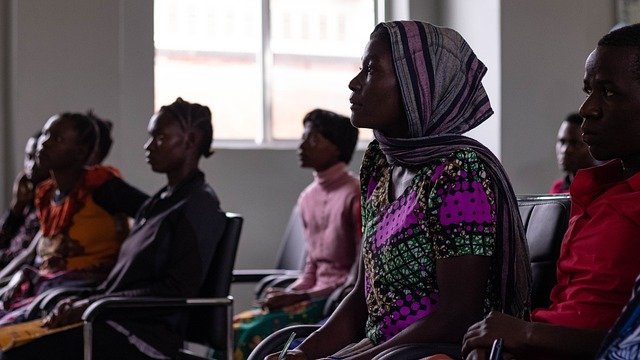Adapting workforce strategies for aging populations and shifting labor demands
Demographic shifts and changing labor markets are reshaping how communities and organizations plan for employment, welfare, and public services. Aging populations, urbanization trends, migration flows, and evolving skill needs require workforce strategies that balance inclusion, education, housing, and social supports. This article outlines practical policy and community approaches to align employment systems with demographic realities while strengthening civic engagement and resilience.

Adapting workforce strategies for aging populations and labor demands
As populations age and labor needs evolve, employers and policymakers must rethink how people move into, stay in, and transition through work. Demographics influence the size and skills of the labor force, and trends such as urbanization and migration reshape where jobs are needed. Effective responses combine education, welfare support, housing policy, and inclusive practices to sustain local economies and community resilience without relying on speculative claims.
How do demographics shape workforce planning?
Demographics determine not just the number of workers but the types of roles that will be in demand. Aging cohorts often change consumption and service patterns, increasing demand in health, care, and knowledge-intensive sectors while reducing labor supply in some manual-intensive industries. Planners can use demographic projections to anticipate sectoral demand, build flexible retirement and re-entry policies, and support lifelong learning so workers can upskill or shift occupations as local economies evolve.
What role does aging play in employment strategies?
An aging workforce presents both challenges and opportunities for employment policy. Employers may need to redesign jobs for older workers, adapt schedules, and invest in ergonomics and health supports. Public policy can enable phased retirement, part-time work options, and retraining programs that respect experience while maintaining productivity. These measures should be combined with welfare adjustments and community services that address care needs and reduce barriers for people who wish to remain employed.
How can inclusion and diversity be advanced in workplaces?
Inclusion and diversity are central to resilient labor markets. Recruiting across age groups, supporting return-to-work pathways, and reducing discrimination make labor pools deeper and more adaptable. Inclusive practices include accessible workplaces, mentorship that pairs experienced workers with younger staff, and targeted education programs to bring underrepresented groups into growing fields. Combining diversity goals with measurable training and retention metrics improves long-term outcomes without relying on unverified promises.
How should migration and urbanization affect policy choices?
Migration and urbanization change where labor is available and where services are needed. Cities often attract younger workers and concentrate high-skill jobs, while some rural areas see population decline. Policies should coordinate housing, transportation, and local services with labor market needs, enabling migrants to access education, recognition of qualifications, and civic engagement opportunities. Local services that support integration and skills recognition help align migration flows with regional employment demands.
What education and welfare measures support workforce transitions?
Education systems and welfare supports are critical to managing shifting labor demands. Emphasizing vocational pathways, modular credentials, and employer partnerships enables faster reskilling. Welfare policies that provide income support during training or care responsibilities reduce the risk of poverty for those in transition. Combining education with targeted subsidies, apprenticeships, and community learning hubs helps workers move between sectors while sustaining household stability and local economic participation.
How do housing, poverty, and community resilience interact?
Housing affordability, poverty, and community cohesion are tightly linked to employment outcomes. Workers need stable housing in locations with access to jobs and services; without it, labor markets fragment and commuting burdens rise. Policies that integrate affordable housing, local employment centers, and public transport reduce poverty traps and support civic engagement. Community-based programs that bolster social networks and local entrepreneurship increase resilience when labor demands shift or demographic pressures intensify.
Conclusion Adapting workforce strategies requires a coordinated mix of policy instruments and local actions. Demographic analysis should guide education, welfare, housing, and inclusion policies so that employment systems can respond to aging populations, migration patterns, and changing sectoral demand. Strengthening community networks, supporting lifelong learning, and aligning local services with labor needs enhance resilience and civic participation without making speculative claims about short-term fixes.





